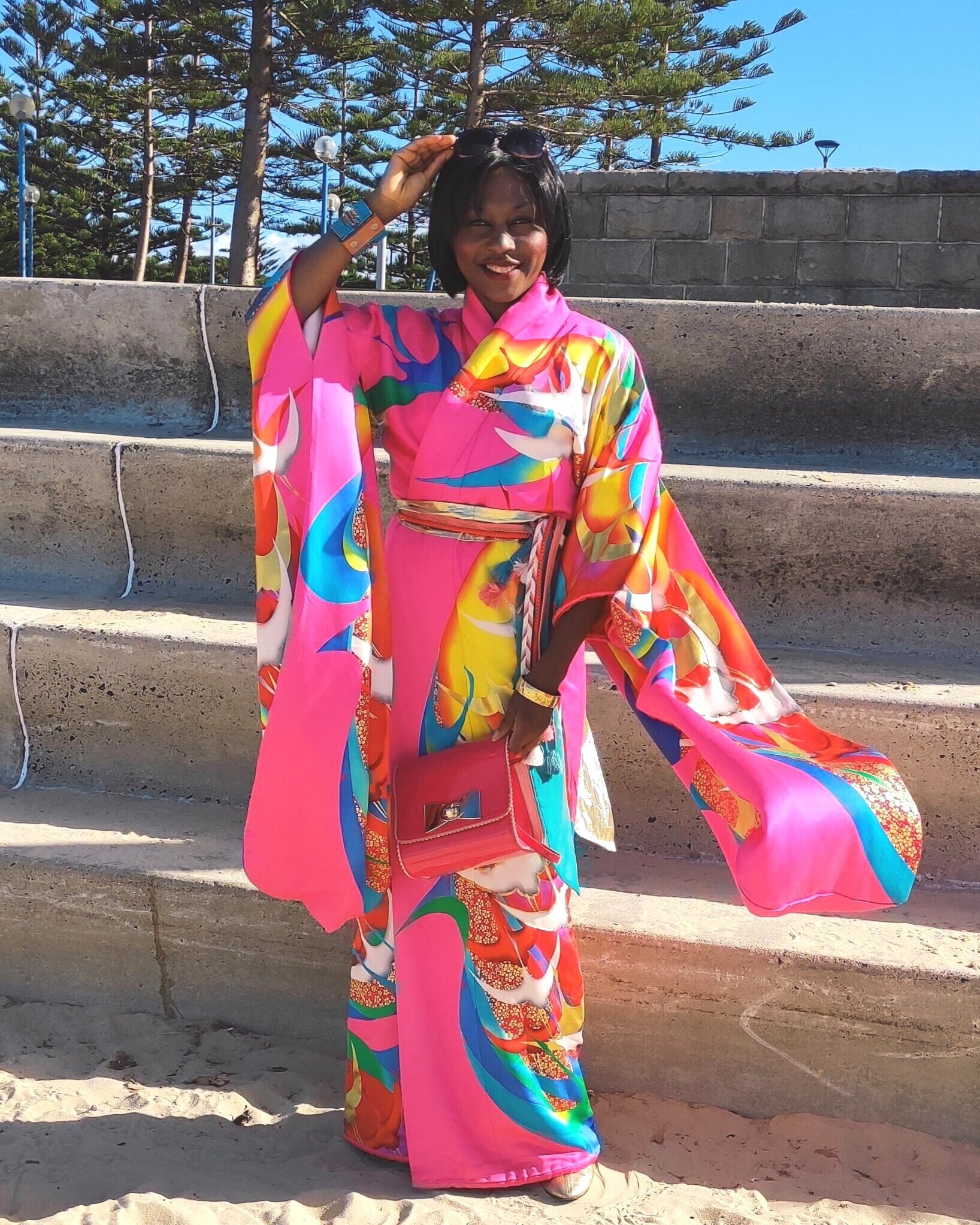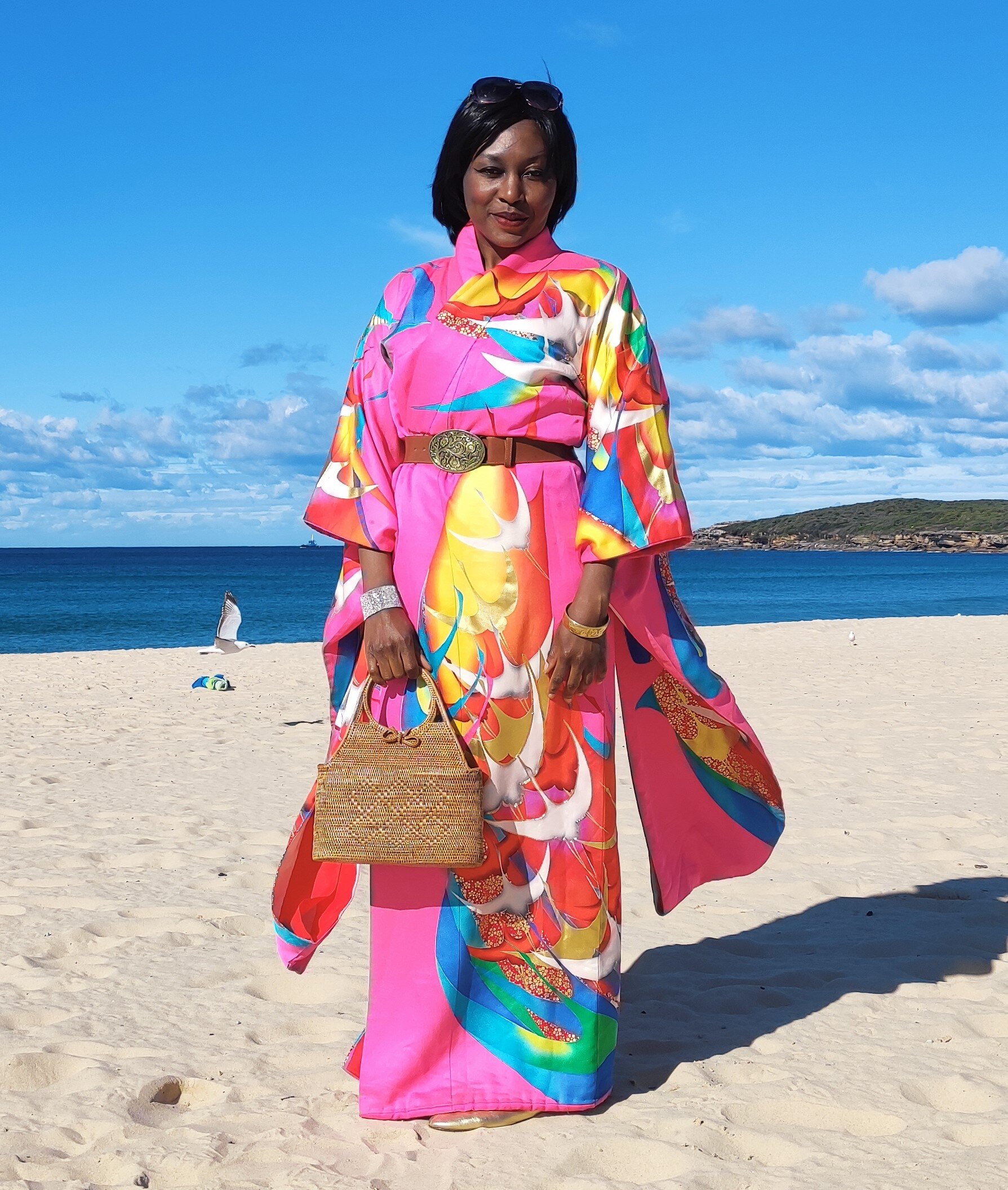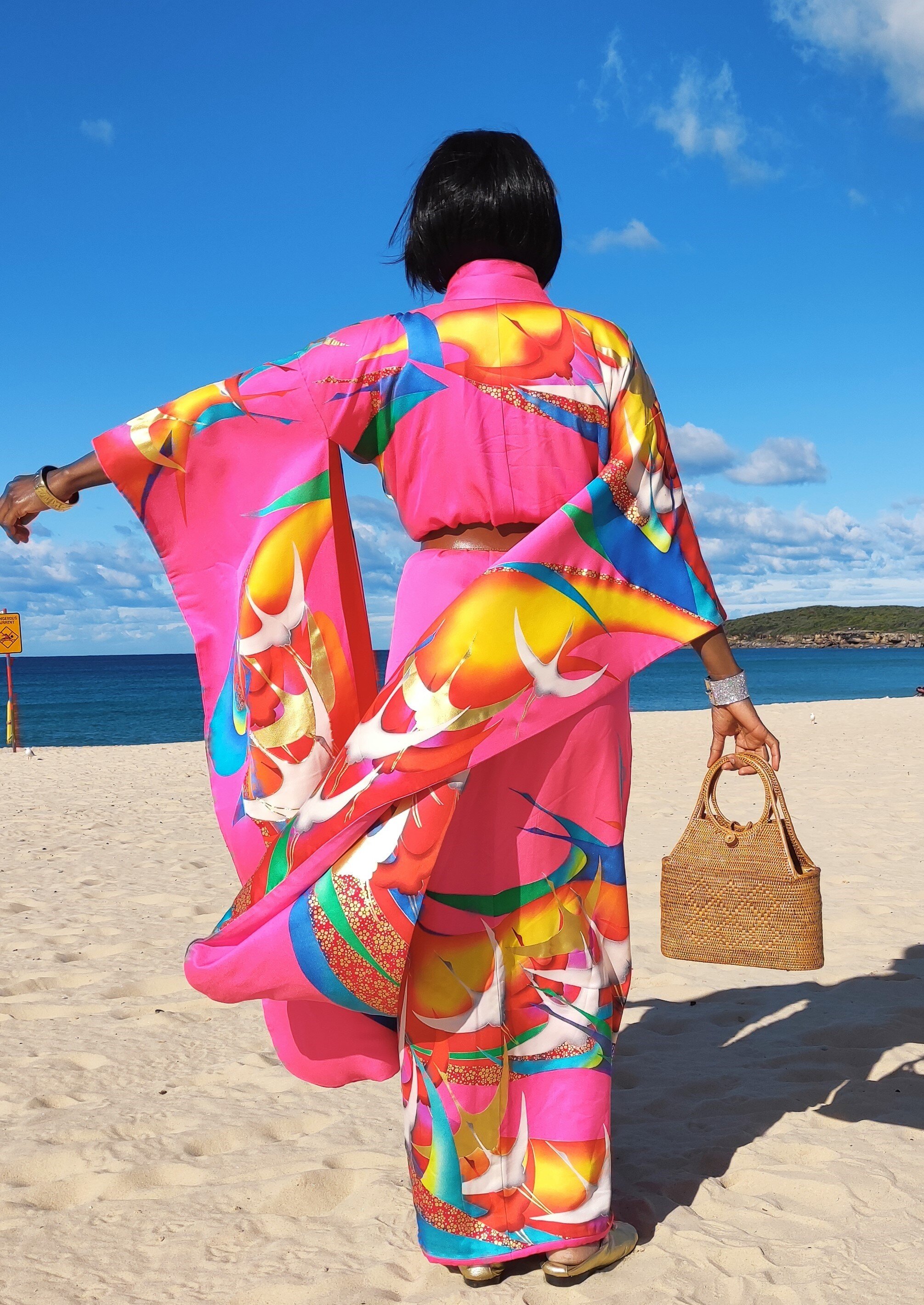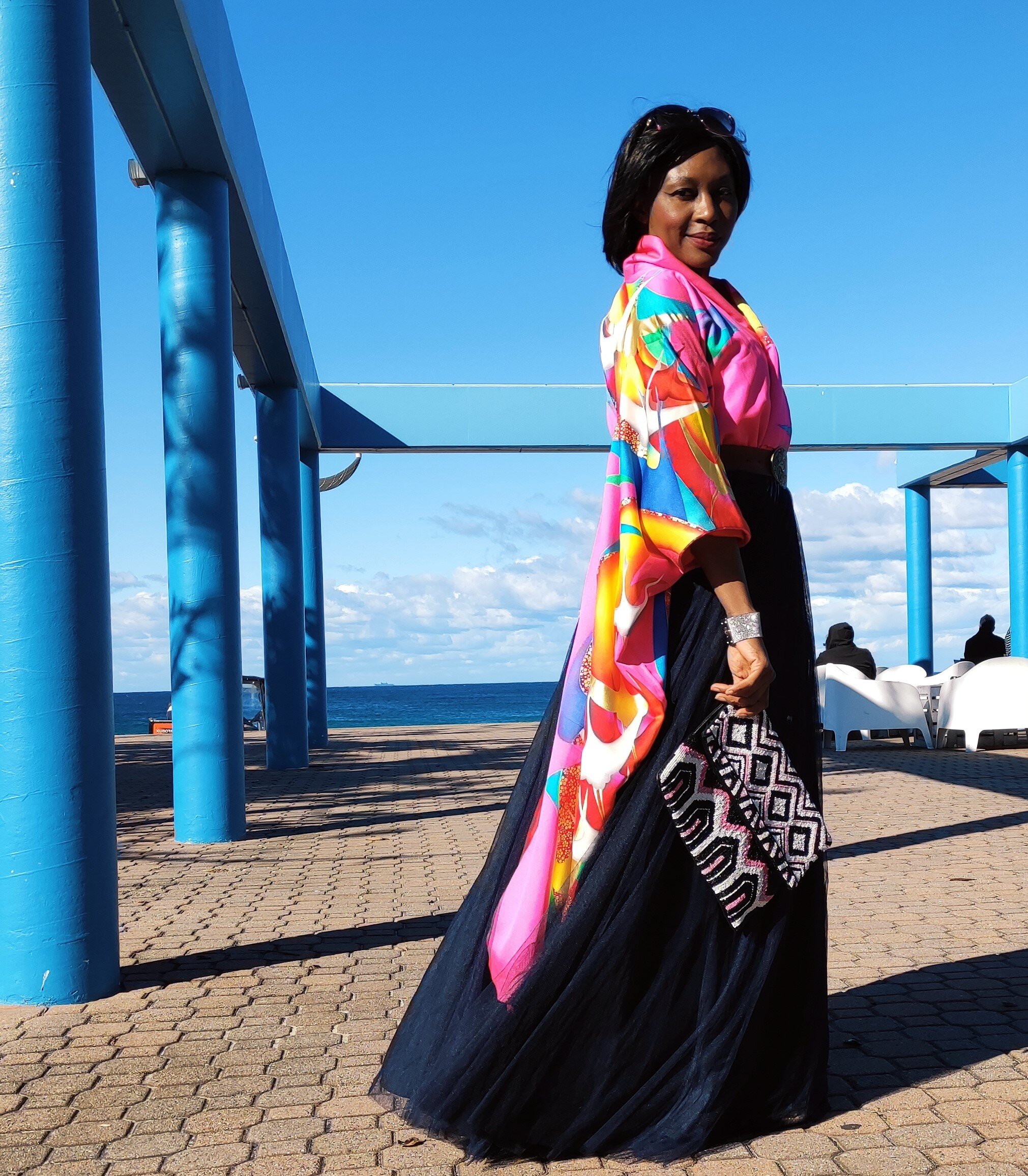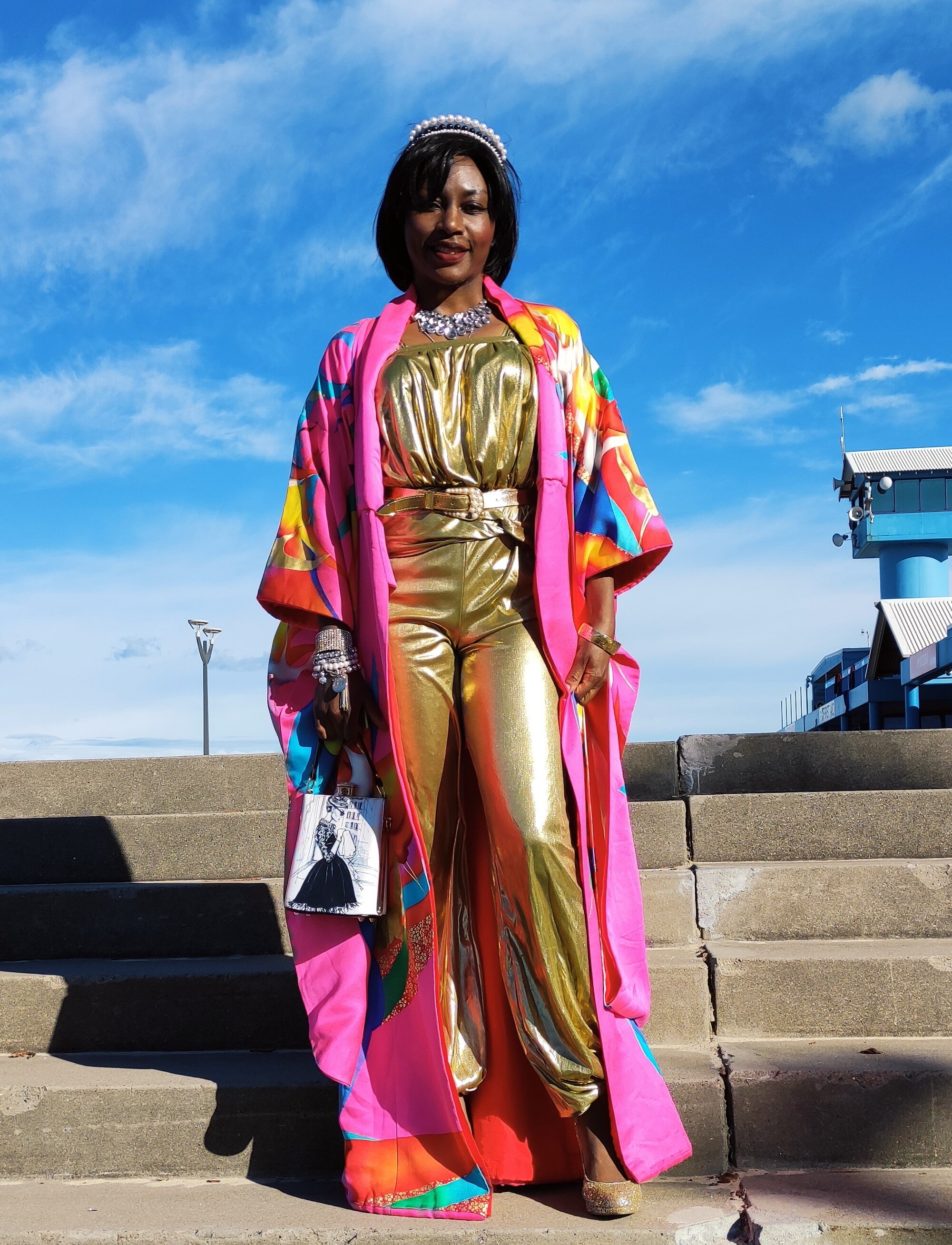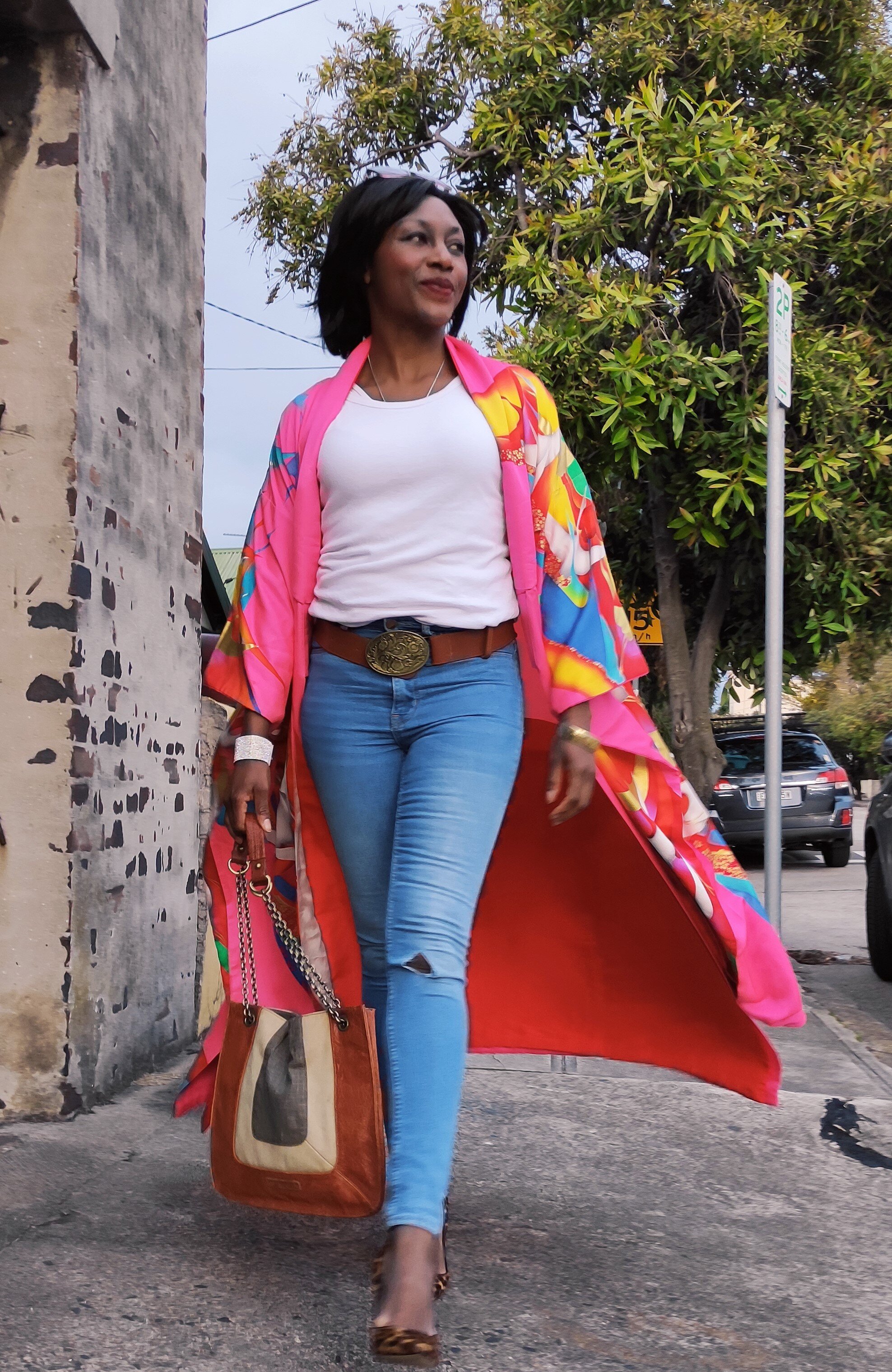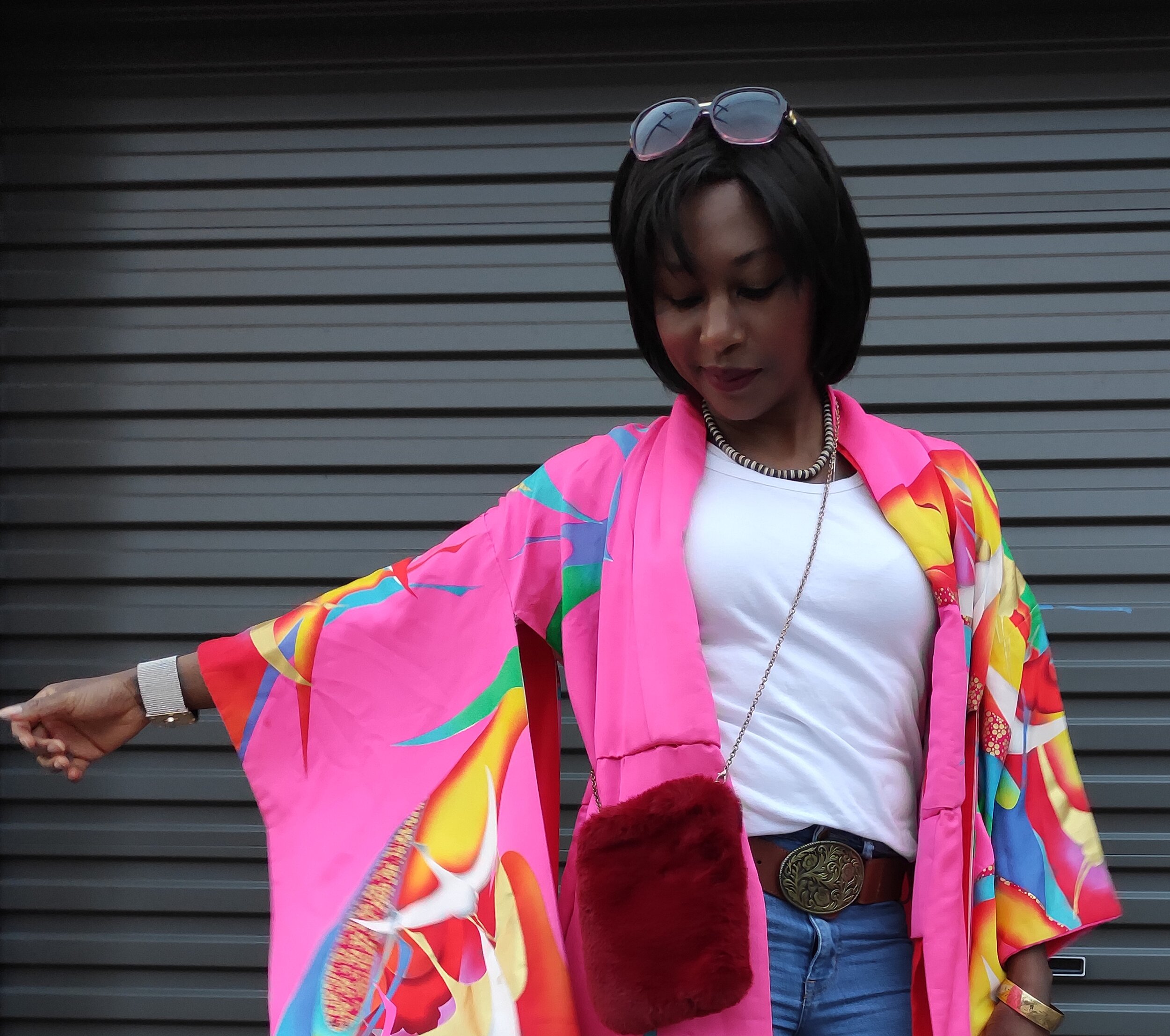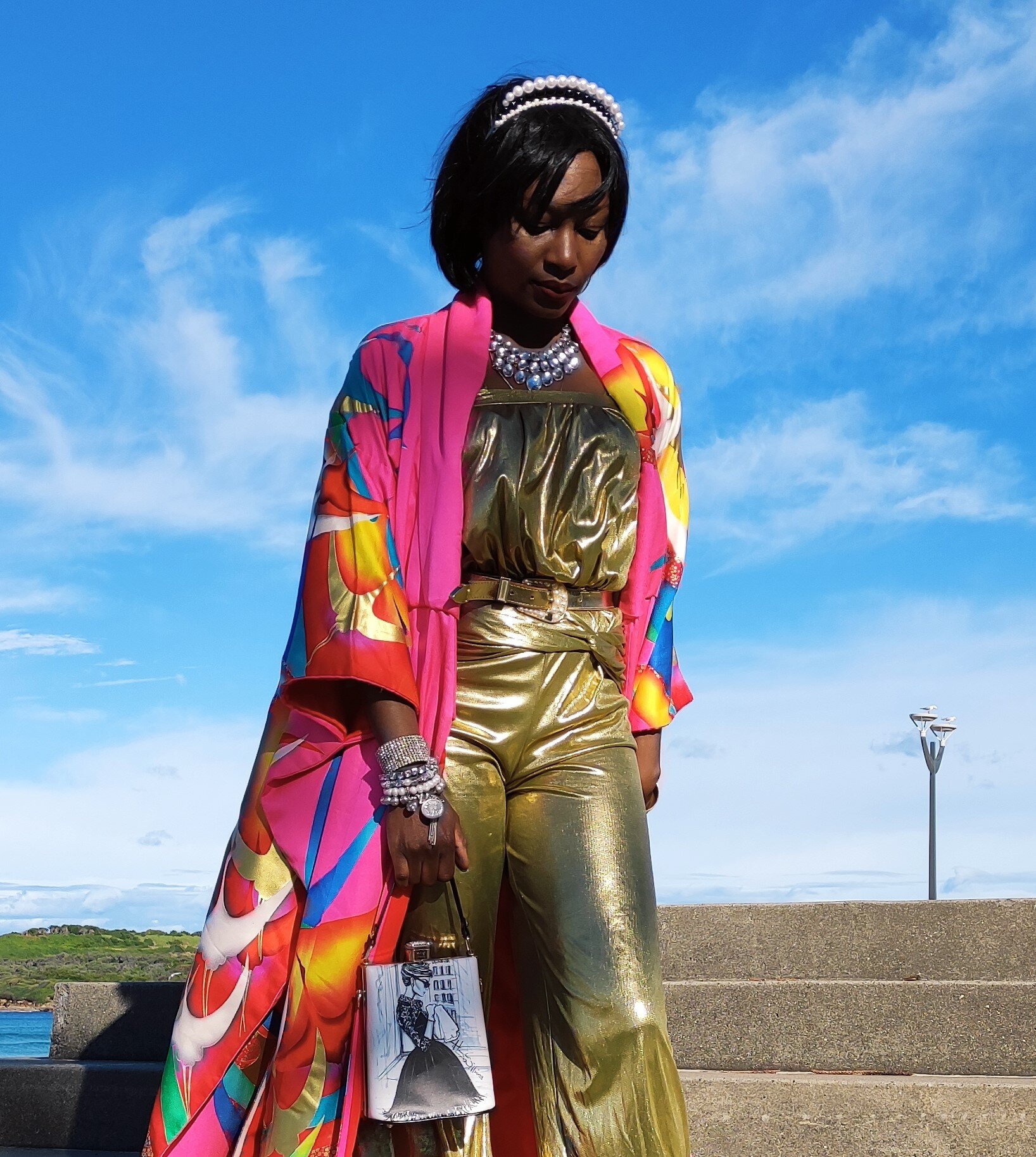Image by Belinda Fewings, courtesy Unsplash
I recently took part in a fundraiser style challenge for a social enterprise and charity called The Social Outfit. It was in alignment with National Refugee Week and to raise funds for female refugees and new migrants. National Refugee Week is Australia’s peak annual event to educate and inform the public about refugees and celebrate positive contributions made by refugees to Australian society. During the week, many truths and lived experiences of refugees and new migrants were shared in the media and on social platforms. And it got me thinking about the global refugee problem. Despite circumstances like conflict, human rights violations, public order disruptions, violence and persecution that turned ‘ordinary’ people into refugees, they sometimes still encounter discrimination, judgement and inequality in their host countries instead of compassion.
Why refugees should be empowered and supported
First and foremost, the most crucial factor in hosting refugees is and should always be to ensure the protection of people where their liberty, life, safety and other fundamental human rights are at stake. With this in mind, empathy should be the cornerstone for dealing with refugee matters. Subsequently, it’s worth discovering and utilising the enormous source of potential that refugees possess and using it to enrich the nation.
Economic and social development - The presence of refugees and migrants boosts and diversifies the country’s skill levels. It bolsters innovation and resilience. Refugees often have a strong desire to settle and adapt into their new environments and for this reason, seek to gain employment shortly after arriving in the host country. And bring high levels of skills, qualifications and work experience that too often end being under-utilised. According to a research report by the Australian Government Department of Immigration and Citizenship, around 49.3% of refugees who participated in one West Australian study were employed in occupations below their skill level. The massive reserve of potential can contribute tremendously to the country’s economic, social and cultural growth. All this potential gets lost or diminished when refugees and migrants are not sufficiently supported and empowered.
Entrepreneurship and business - The research report also stated that refugees have a penchant for being entrepreneurial because they are confronted with an urgency to establish themselves in their new environment. This is evident in the 2000 Business Review Weekly’s annual rich list of 200 people. Five out of eight billionaires were people whose families have originally arrived in Australia as refugees.
Strengthening international ties and post-colonial recovery - On the other side, hosting refugees strengthens international ties and relationships with poorer countries. Countries in the global South are still suffering from the aftermath of colonisation. In some nations, it has resulted in conflict, civil unrest or some of the other refugee circumstances I mentioned previously. One of the most poignant examples is the Rwandan genocide in 1994. Belgian colonisers in Rwanda created tension between two ethnic groups: the Hutus and the Tutsis in the 1930s by making a policy that established the Tutsis as the monarchs and elite ruling class. This ethnic division began the conflict between the two groups that later degenerated into genocide. And hence, birthed refugees fleeing conflict. Colonisation in several cases has proven to be the root cause of issues that create refugees. Supporting refugees and migrants helps to strengthen international ties and, in some situations, might be a small contribution towards healing the issues created by the global North colonising regions in the global South.


